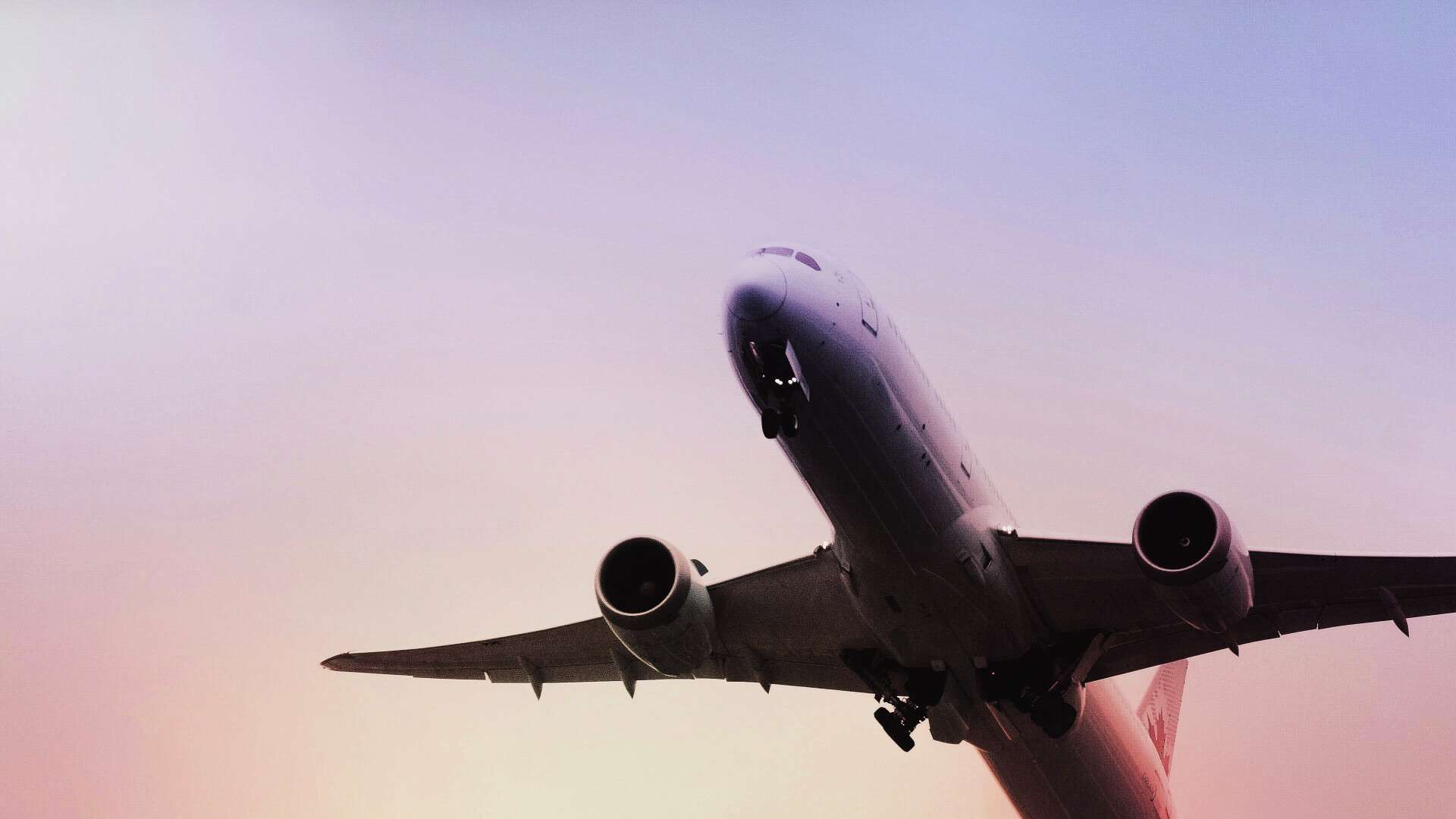
Coordinating shipments for international art fairs often involves a careful trade-off between managing costs and ensuring delivery certainty. Freight rates to destinations like Seoul can be high, especially during peak periods when multiple fairs coincide and cargo space becomes limited.
For most registrars, cost is a key concern. That often means looking at the most competitive routing rather than defaulting to premium options. For shipments from London Heathrow (LHR) to Incheon (ICN), this typically involves indirect flights via continental Europe, with Luxembourg (LUX) acting as the main hub.
While routing via LUX can help manage freight costs, it comes with some key operational considerations.
Luxembourg is a major hub for transhipment freight across multiple industries—not just fine art. Year-round volumes are high, and congestion is common, especially during busy periods. Therefore, delays can occur even in standard conditions.
Another challenge is the lack of guaranteed transhipment timing. Airlines generally don’t commit to fixed transfer windows for indirect routings, which can make them occasionally less predictable.
If predictability is your priority, direct flights from LHR to ICN are a strong option. They reduce handling steps, shorten total transit time and improve schedule reliability. However, direct routes often come with premium costs—particularly in the lead-up to major fairs such as Frieze Seoul. Space may also be limited.
Some airlines offer “must-ride” services that prioritise your shipment if space becomes tight. While these add protection against offloading, they are more expensive and can still be affected by broader disruptions.
Unforeseen events—such as airspace restrictions and embargoes, labour strikes impacting handling or carrier operations, or regulatory changes affecting customs or security screening—can impact both direct and indirect shipments. These factors are beyond the control of airlines and logistics providers, but they can still cause delays.
No routing is fully immune to disruption. That’s why it’s important to plan ahead and build in contingency.
To reduce risk, we recommend scheduling delivery to the destination airport at least one week before the fair’s deadline, as specified by your local agent or organiser.
This gives you flexibility to manage any unexpected delays at LUX, protect against disruption on direct services, and avoid needing to escalate to “must-ride” options at the last minute.
Building in this buffer means adjusting your upstream timeline.
You’ll need to:
Booking space with airlines in advance also increases your chances of securing the right service level at a better rate.
When planning shipments to major international art fairs, indirect routings via Luxembourg remain a viable, cost-effective option—provided you allow sufficient lead time. Direct flights and must-ride services can offer greater schedule certainty but typically come at a premium.
Building in a time buffer from the outset gives you flexibility to manage risks tied to congestion, unpredictable transhipment timings, or external disruption. By adjusting your schedule early, finalising logistics ahead of the rush, and securing space in advance, you improve reliability while maintaining control of your costs.
If you’re preparing for an upcoming fair and need support with planning your shipment, contact Queen’s to discuss the best solution for your timeline and budget.
Carola Quirico
Shipping Manager
T. +44 7704 310253